Hunting and fishing are the bread and butter for all survivalists out there. Besides being a very enjoyable activity for your spare time, hunting actually serves a purpose, i.e. putting food on the table in a survival situation. Knowing how to hunt and how to dress small/big game might really save your life at some point.
Now, dressing game is not the most pleasurable thing to do. But, you’ve gotta do what you’ve gotta do. I like rabbits too, but when it comes to survival, you know, better him than me!
Keep reading and I will try to share with you the main principles of the fine arts of hunting and field dressing. But you must remember that practice makes perfect, this is just a crash course in dressing game.
Use Clean Instruments!
One of the most important things to remember, if you field dress animals/birds/fish, is that there is a risk of contaminating the meat with food-borne pathogens. For example, like any other kind of perishable meat, both raw and cooked game can be infested with dangerous bacteria, such as salmonellae or pathogens like E-Coli.
Unlike supermarket food that is tested for pathogens and is fit for human consumption (supposedly), game meat is another story; small/big game meat may contain parasites, the animal may be diseased, your guess is as good as mine where the animal has been and what it’s been exposed to prior to landing at the end of your skinning knife.
I know you all heard about hamburger meat infestation and stuff like that, so you know what food poisoning means. Therefore, you must be extra careful when handling the meat, especially when you’re in a real life survival situation and you don’t have access to medical services.
You must understand the dangers of gutting the animal incorrectly: there are blood-borne diseases/parasites and dangers associated withwild food, like warbles (a common parasite that is found in wild game) or Tularemia (rabbit fever). Also, the raw game meat must be properly cooked as soon as possible at a high enough temperature to destroy the potential harmful bacteria.
One of the crucial things when it comes to field dressing is to get a clean shot when killing the animal. If the bullet strikes the animal where it’s not supposed to, the internal organs may be mixed together; along with the hair, parasites may enter into the carcass.
Eviscerating
A well-placed shot into the neck or torso (heart) should do the trick and it will also bleed the animal out. Now, when dressing game, you must follow a few basic steps:
- use clean water at all times
- be careful and don’t t let mud inside the carcass; the same goes for leaves, twigs or other potential contaminants
- keep the carcass open using a clean stick
- always use a clean knife.
There are a few ways to field dress the game, but basically the first step is to eviscerate the animal as quickly as possible after the shooting. In this way, you will prevent the loss of body heat and also keep bacteria from multiplying on/inside the carcass. In order to reduce the risk of infection, you should wear plastic gloves while gutting the animal. If you don’t have disposable gloves, you should wash thoroughly with water and soap before and after the procedure.
In the beginning, you can spread the hind legs of the animal by propping a stick between them in order to open up the carcass. The carcass itself should be hung from a tree or fixed on its back, using logs or rocks to keep it steady.
If the animal is a male, you must first remove its genitals, but keep the scrotum for later sex identification. In case you shot a female, you must remove the udder first. It is recommended to make a small incision, in order to prevent insects or dirt from spoiling the carcass during transportation.
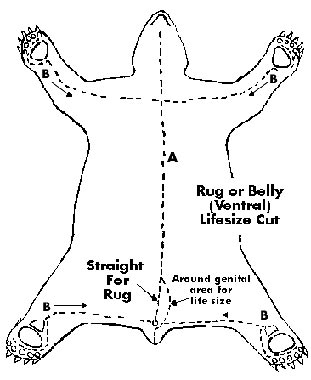
You should lift the skin/muscle together while performing this cut, through the hide and the membrane.
You must try to avoid piercing the entrails and the intestines, because these areas are most likely to contain all sorts of bacteria associated with food borne diseases.
Between cuts, you should clean the knife frequently (using clean water or alcohol), to avoid the contamination of the meat with bacteria.
In order to successfully remove the entrails, you must perform a circular cut around the anus orifice to loosen it up so it will come out easily at the same time with the rest of the intestines.
Now, you can pull the entrails out, beginning from the crotch area. At the same time you must cut the tissue that connects the innards to the spine. In order to pull the entrails free, you must cut all the tissue that holds the guts inside the carcass and don’t be scared of the blood; it will be plentiful, but that’s normal.
The liver and the heart can be removed separately and placed in plastic bags as soon as possible if you like to eat organ meat.
After removing the entrails, you must clean the cavity thoroughly and drain the blood. All visible feces, dirt, hairs or bloodshot areas must be removed. The inside of the cavity must be wiped using paper towels or a clean cloth (you can rinse it with clean water also).
Once the field dressing is performed, you must remove the hide. If you plan to transport the animal, you may leave the hide on, because it prevents the meat from being contaminated during transportation. Also, leaving the hide on the carcass prevents the meat from drying.
Skinning
If you’re hunting small game, like rabbit or squirrel you can skin it prior to gutting it; things change radically when it comes to animals like deer or bigger. Still, if you’re transporting it, it’s better to leave the skin on.
Regardless of the animal, the principles of skinning are the same: first you cut around the head/neck of the animal to start skinning it. Slice through the hide but stop before slicing through the mea. Next you must remove the hide by tearing /cutting off the tissue that keeps it connected to the carcass.
Basically, you must peel back the skin/hide in both directions (along the evisceration cut), using your fingers and your knife when necessary. You must be careful not to let the hide to touch the carcass, as it may contaminate it. At the very least, it will get hair on the tissue that’s extremely difficult to remove.
In the end, you must remove the complete hide of the game so that you can access the meat and begin the butchering process.
That is, after all, the name of the “game” – FOOD!
This article has been written by Chris Black for Survivopedia.


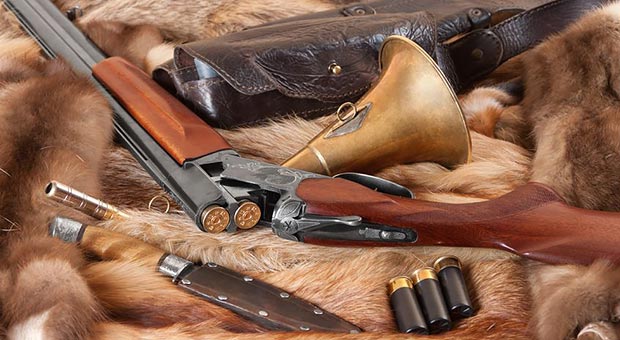

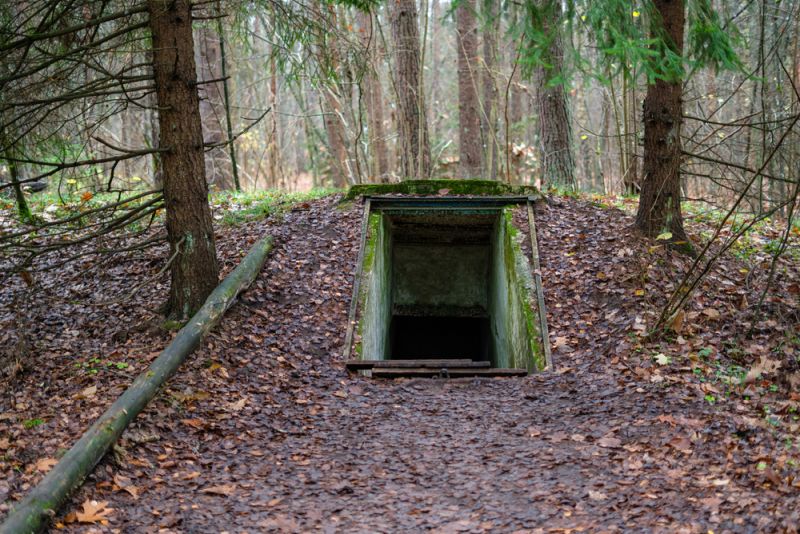

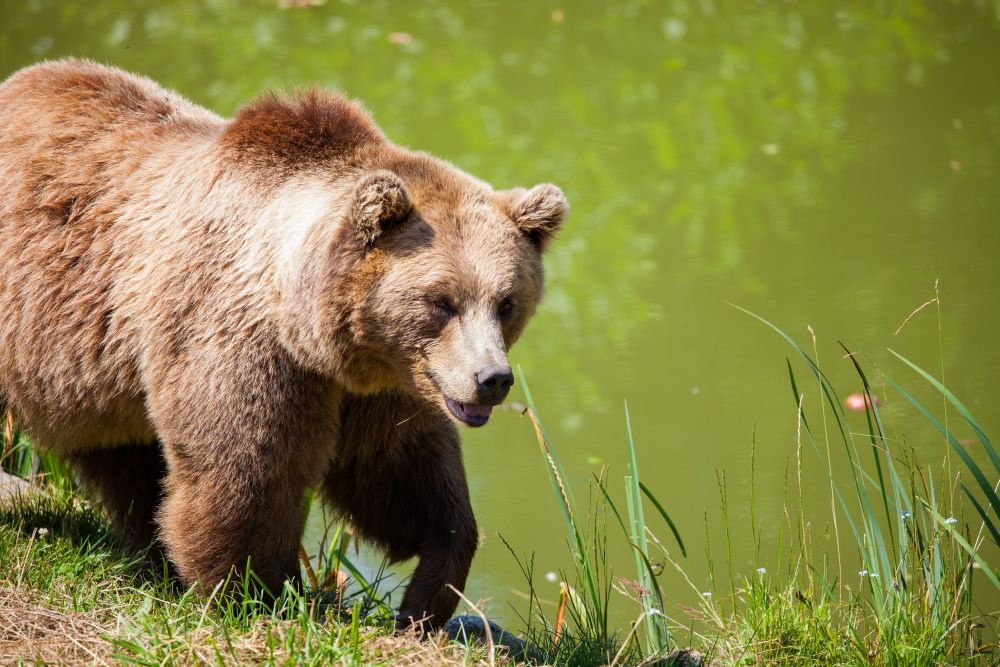
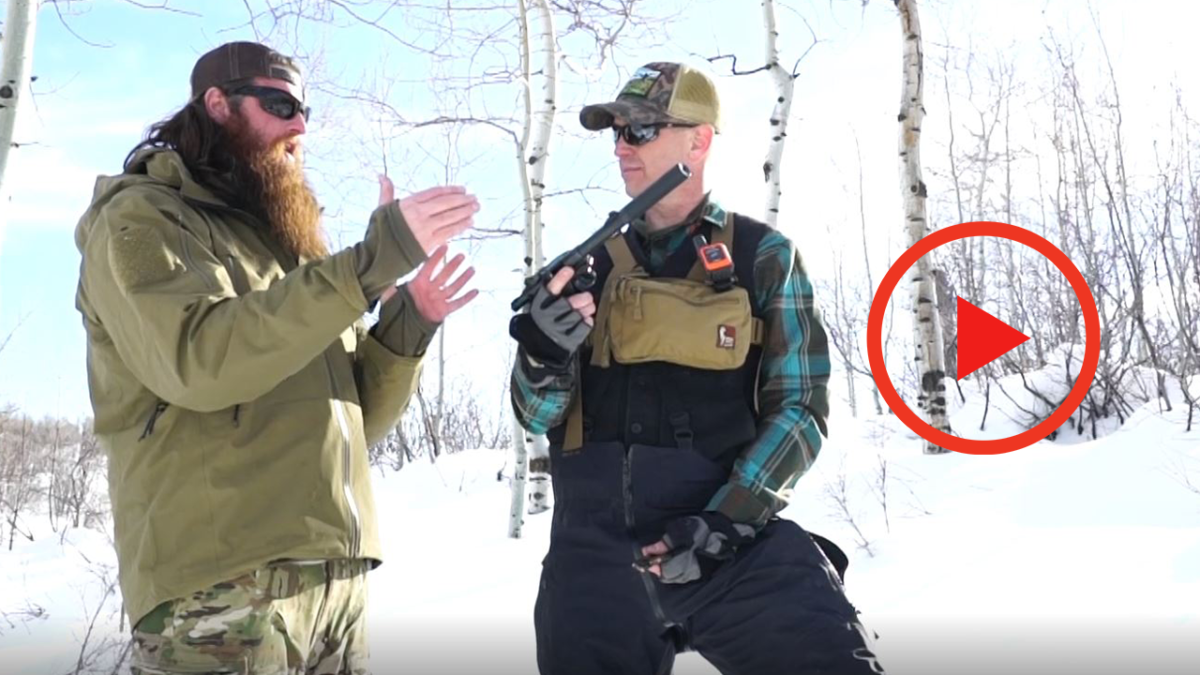

Pingback:How to Field Dress an Animal | Patriot Rising | February 27, 2014
|
Pingback:How to Field Dress an Animal | TheSurvivalPlaceBlog | February 27, 2014
|
Adrian | February 27, 2014
|
In your Eviscerating sub-topic you wrote: “In this way, you will prevent the loss of body heat and also keep bacteria from multiplying on/inside the carcass.” I am pretty sure you want body heat to dissipate ASAP.
Dr. Clifford N Alford | February 27, 2014
|
In extremely cold weather you want the animal to stay pliable until after the evisceration is completed. If it freezes before you get it done then it will be extremely hard to work with so conserve the heat, gut it quickly and let it freeze while you transport it.
Adrian | February 27, 2014
|
I would suppose, if hunting in the extreme, such as muskox north of the Arctic Circle, that would be the case. I have hunted in -20 weather without my deer freezing before getting it back, but I have had pheasants freeze.
Frank | February 27, 2014
|
It would be harder to watch you clean an animal then do it myself. By all the directions it is quite obvious you have never had to clean 20 coons after school before dinner. Also we were never allowed to waste good alcohol cleaning our knife.
Other than that you did a much better job of describing the process than I could have.
Wade | February 28, 2014
|
Also a campfire is a very good sterilizer. It goes without saying but I’ll say it anyway- remember to keep those knives sharp.
Wade | February 28, 2014
|
Also flames are a very good sterilizer. It goes without saying but I’ll say it anyway- remember to keep those knives sharp.
LeRoy | February 28, 2014
|
I think too much is made of wild game and pathogens and food poisoning. I would be more afraid of super market meat than wild game. We had neighbors in Denver Co. when I was a kid in the 40’s and 50’s that kept deer quarters hanging in a screened box on the North side of the house through the winter till it was all ate up. The meat became very dry on the outside surface but remained nice inside.
The carcass continues to dry out and gets smaller and smaller but it tastes fine.
People still had ice boxes then and the ice man came around about twice a week
and those people who could afford an ice box would buy ice from him. We kept anything that needed to be kept cool down in the well in a bucket. Milk, butter and meat for sure.
Being a taxidermist I have been around wild game and hunters all my life and have seen and heard of some pretty neat tricks for securing a meal on the hoof.
A simple way to get the hide of off a rabbit is to simply make a crossways cut just through the skin in the middle of the back. It just needs to be enough so you can get 2 fingers from each hand in there and pull in both directions. The skin comes off right down to the feet and head.
When I lived in Wyoming two of us guys went out and caught 11 cottontails for a “rabbit transplant”. We each had two short handled fish landing nets and when a cottontail ran into a clump of sagebrush we got on each side and created a fuss until the rabbit ran out and we grabbed him with the net. We got most of those we seen. Good stuff to know if you ever have need for it.
Frank | February 28, 2014
|
I agree with wild game being safer than store meat and to much concern over pathogens. I’m sure a lot of naysayers will doubt the truth of this but I will say it anyway. My Grandpa used to let deer hang in a tree sometimes until late May. He would cut the green stuff off and never cut against the grain of the meat as that would allow bacteria to infect the rest of it. The tendons or the thin coating seemed to protect the meat. He only threw it away after maggots started to eat the rest. I’m not recommending anyone do that, Just saying how grandpa did it before he had electricity. He lived over 90 years
David March | April 7, 2014
|
Plain table salt or table-strength vinegar can be useful for cleaning the abdominal cavity of a fresh kill. I’ve used salt liberally on whole store-bought roasting chickens to reduce bacteria. Just one of many strategies…
Pingback:Raising Pigs and Using Them for Survival | June 1, 2014
|
Pingback:The Easy Way To DIY Rope And Cordage | Prepper's Survival Homestead | April 19, 2016
|
Pingback:The Easy Way To DIY Rope And Cordage | | disasterdefense.us | April 19, 2016
|
jason smith | November 19, 2017
|
The key to safe and efficient field dressing is a sharp, sturdy knife. Use a knife with at blade at least four inches long, a guard, and a large handle. A small knife can turn sideways in your hand when it hits bone.
http://knifearmory.ecrater.com/
Anonymous | February 26, 2018
|
Looks like this article was copied from here: https://extension.psu.edu/proper-field-dressing-and-handling-of-wild-game-and-fish
Survivopedia | February 27, 2018
|
Hello, Anonymous. Thank you for reading our article. We also checked the one that you linked here, and it’s the same topic, but it’s not copied. We are sure of that. Glad you liked the topic 🙂